Overview
Map
Other Details
كنيسة مار جرجس
Qartaba
Jbeil
Mount Lebanon
كنيسة مار جرجس - قرطباهي كنيسة حارة التحتا، بناها مفرّج جريس أواخر القرن التاسع عشر وجعلها وقفًا ذريًّا. لوحتها عمل كنعان ديب الدلبتاوي سنة ١٨٧٣.The church of St George - QartabaIt is the church of El Tahta street, built as a private chapel for the family of Moufarrej Geryes in the late XIXth century. The painting is the work of Kanaan Dib from Dlebta in 1873.
Visited 2349 times, 5 Visits today




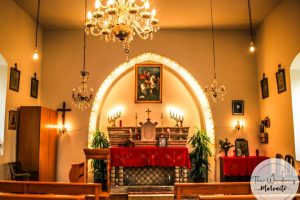

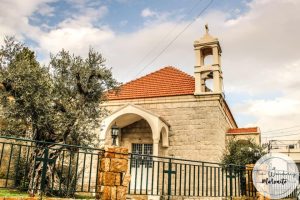










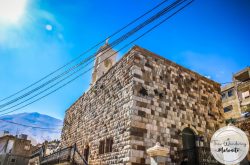
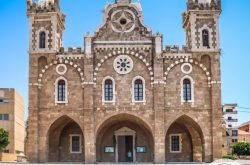
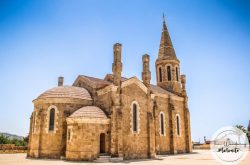
Reviews are disabled, but trackbacks and pingbacks are open.